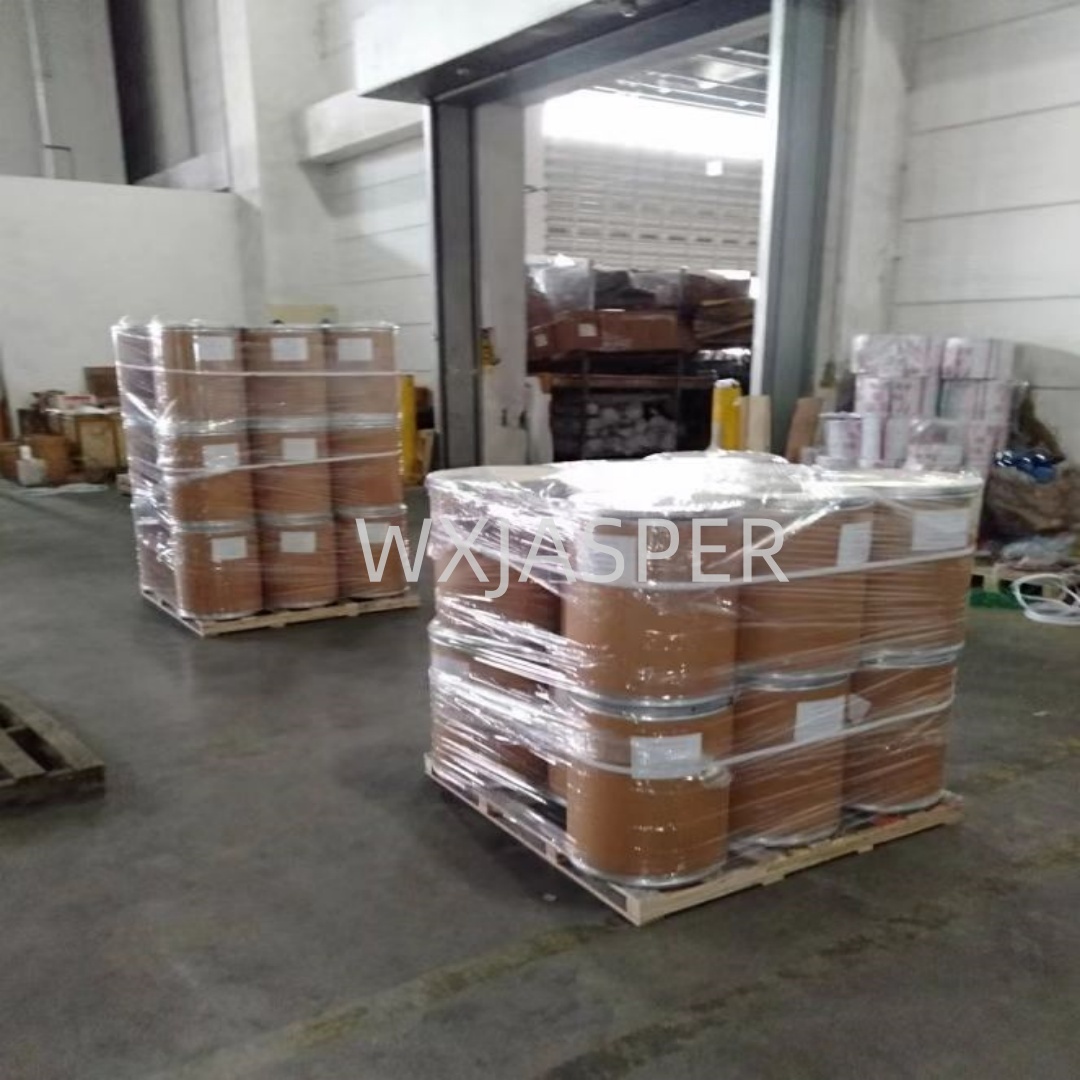Product Details
CasNo: 25249-54-1
MF: (C6H9NO)n
Appearance: powder
Delivery Time: 15 days
Packing: 25kg/drum
Purity: 99%
1. Basic Information
- Chemical Name: Crospovidone (Crosslinked Polyvinylpyrrolidone)
- CTFA Name: Crosslinked Polyvinylpyrrolidone
- CAS Number: 25249 - 54 - 1
(C6H9NO)n
- Appearance: It is a white or nearly white, hygroscopic, free - flowing powder, odorless or with a slight odor.
2. Physical and Chemical Properties
1.22g/cm3
165A^°C
- Solubility: Insoluble in water, alkalis, acids, and common organic solvents. However, it has strong swelling properties when in contact with water.
- Hygroscopicity: The water absorption rate increases with the increase of relative humidity, and the maximum water absorption can approach 60%.
- Capillary Activity and Hydration Capacity: It has a large specific surface area, with an average of
1.25m2/g
- . It shows significant water absorption and high capillary activity, being able to quickly absorb water into its interior.
- Swelling Effect: When it encounters water, it can rapidly cause the expansion of its network structure. The net volume can approximately double within 5 minutes due to swelling.
3. Quality Standards
- pH Value: Usually, the pH value of a 1% (w/v) water suspension should be in the range of 5.0 - 8.0.
- Particle Size Distribution: Different applications may have specific requirements for particle size distribution. Generally, the particle size needs to meet certain standards to ensure its performance in various products.
- Impurity Content: Requirements for impurity content, such as residual monomers (e.g., free N - vinylpyrrolidone) and heavy metals, are also specified. For example, the content of free N - vinylpyrrolidone should be within a very low limit, usually in the order of mg/kg, to ensure product safety and quality. The specific values may vary according to different application fields and quality standards.
4. Main Applications
- Tablet Disintegrant: It is mainly used as a disintegrant in tablets. When tablets containing crospovidone come into contact with gastrointestinal fluids, the high capillary activity and swelling ability of crospovidone cause it to rapidly absorb water, expand, and break the tablet structure, promoting quick disintegration and drug release. This helps to improve the bioavailability of drugs.
- Other Solid Dosage Forms: It can also be used as a disintegrant and filler in pills, granules, and hard capsules. In these dosage forms, it plays a similar role in promoting the disintegration of the dosage form and facilitating the release of the drug.
- Suspension Stabilizer and Complexing Agent: Crospovidone can be used as a suspension stabilizer in liquid pharmaceutical preparations, preventing the sedimentation of drug particles. It also has the ability to complex with some drug components, which can affect the solubility, stability, and release characteristics of drugs. For example, it can complex with drugs containing phenyl and/or carboxyl groups in aromatic compounds, improving the solubility and bioavailability of drugs.
- Beverage Stabilizer: As a stabilizer in beverages such as beer, wine, grape juice, and fruit juice, crospovidone can extend the shelf - life of these beverages. It can adsorb and remove polyphenols and other substances in the beverage, which may cause turbidity or affect the taste during storage, thus improving the stability and taste of the beverage.
- Cosmetics: In the cosmetics industry, it can be used as an adsorbent and stabilizer. For example, in some skincare products, it can adsorb impurities and help stabilize the formulation.
- Chemical Industry: In the chemical industry, it may be used in the preparation of certain polymer materials. Its complexing ability and adsorption properties can be utilized to improve the performance of materials. For instance, in some composite materials, crospovidone can interact with other components to enhance the overall performance of the material.
5. Storage Method
The product should be stored in a well - sealed container. Place it in a cool and dry place, away from direct sunlight and high - temperature environments. This storage method helps to maintain its stability and performance, preventing issues such as moisture absorption and degradation due to environmental factors.


